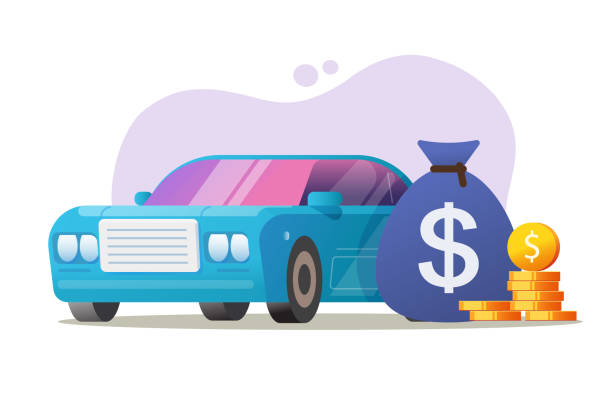Used car prices have been on a rollercoaster ride since the onset of the COVID-19 pandemic. From soaring prices driven by high demand to an unexpected plunge, the market has undergone a drastic shift. In recent months, we have witnessed a remarkable downturn in used car prices, marking the most significant drop since the pandemic hit. In this article, we will delve into the reasons behind this decline, explore its impact on buyers, sellers, and the automotive industry, and discuss what lies ahead.
Understanding the Used Car Market Pre-Pandemic:
Before we analyze the current drop in used car prices, it’s crucial to understand the market’s state prior to the pandemic. In 2019 and early 2020, the used car market experienced stability and steady growth. Buyers seeking affordable alternatives to new vehicles, combined with a limited supply of quality used cars, drove prices upwards.
The Pandemic Effect:
As the pandemic swept the globe, the automotive industry faced significant challenges. Manufacturing shutdowns, supply chain disruptions, and reduced consumer confidence led to a decrease in new car production and sales. Consequently, the demand for used cars surged, leading to a spike in prices.
Factors Contributing to the Price Drop:
a) Microchip Shortage: One of the key factors behind the recent decline in used car prices is the ongoing global microchip shortage. This shortage has severely impacted new car production, leading to reduced demand for used cars as buyers opt for new alternatives.
b) Economic Recovery: With economies reopening and people returning to work, there has been a shift in consumer behavior. Individuals who once relied on personal vehicles during lockdowns are now resuming public transportation or carpooling, resulting in decreased demand for used cars.
c) Increased Inventory: As the microchip shortage affects new car production, manufacturers are allocating fewer chips to certain models. Consequently, more new cars are sitting idle on lots, reducing the scarcity of newer models and pushing down the prices of their used counterparts.
The Impact on Buyers and Sellers:
For buyers, the drop in used car prices presents a favorable opportunity to secure a vehicle at a more affordable price. With increased inventory and reduced demand, they have a wider range of options to choose from. However, buyers must still exercise caution and conduct thorough inspections to ensure they are making a wise investment.
On the other hand, sellers may find themselves facing more competition and potential challenges in selling their vehicles at desirable prices. It’s crucial for sellers to research the market, set realistic prices, and consider alternative strategies such as trade-ins or private sales.
The Future of Used Car Prices:
While the current decline in used car prices may seem beneficial for buyers, the situation is likely to evolve. As the global microchip shortage eases and new car production recovers, demand for used cars may rise again, driving prices back up. Furthermore, economic factors and changes in consumer behavior can further influence the market dynamics.
Conclusion:
The recent drop in used car prices, the largest since the pandemic’s onset, has brought relief to buyers searching for affordable vehicles. Factors such as the microchip shortage, economic recovery, and increased inventory have contributed to this significant decline. However, as the automotive industry recovers and market conditions change, it is essential for both buyers and sellers to stay informed and adapt to the evolving landscape. Whether you’re in the market for a used car or looking to sell one, understanding the dynamics and trends can help you make well-informed decisions in these uncertain times.












